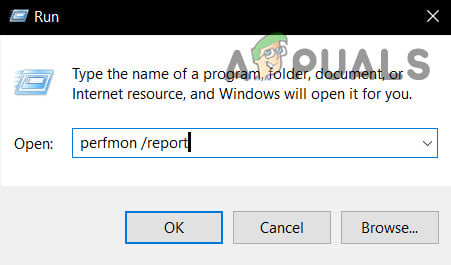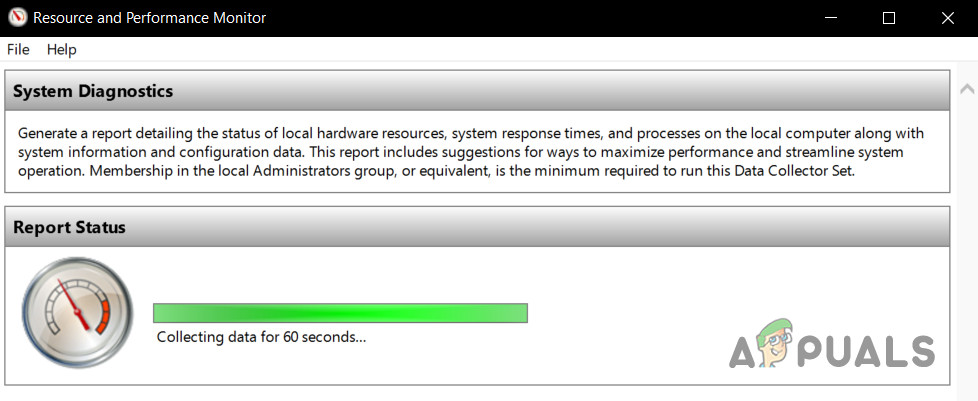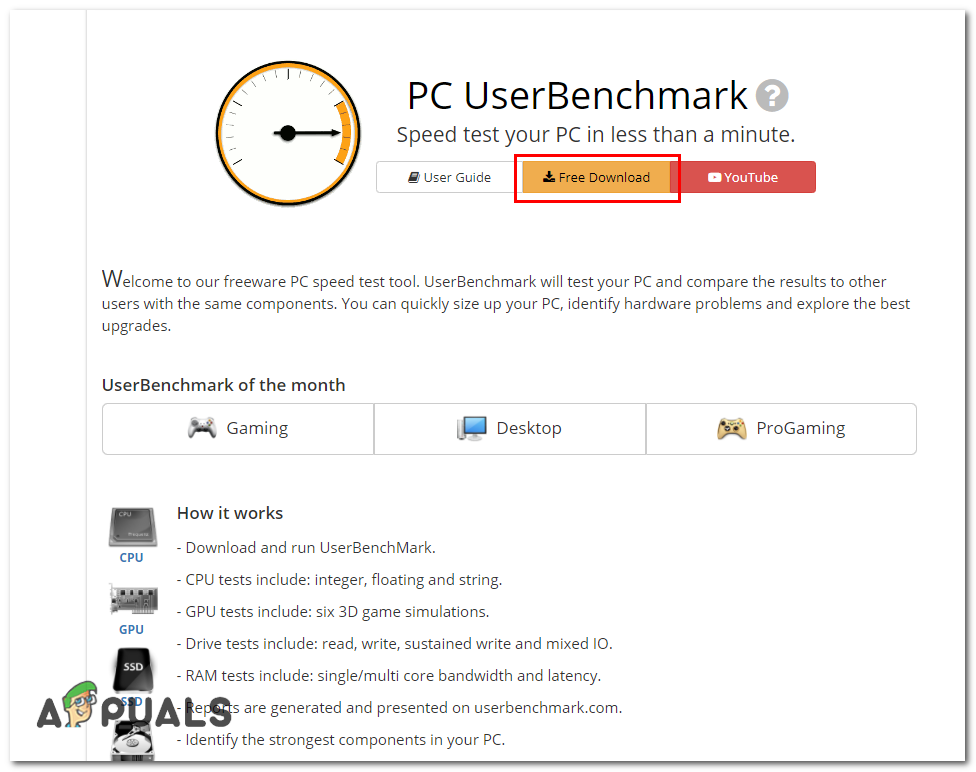There is a wide array of benchmarking applications for the Windows ecosystem of which most are free. Before using any of the benchmarking software listed in this article, make sure nothing else is running on your computer. Running user applications and processes can slow down the benchmark and change the results. In this article, we’ll look at a few benchmarking software applications you can use to test the performance of your Windows PC.
Option 1: Using Performance Monitor
Every Windows distribution has this handy built-in diagnostics tool. You can use Performance Monitor to view performance either in real-time or from a log file. You can also configure how the results are outputted so you can analyze the results. Under the Diagnostic Results tab, you’ll find the following subsections: Warning: This section comes up if there are any warnings of issues the computer is facing. It provides related links to more information about the situation and how to solve it. Informational: Provides some more information about the processor, network cards, etc, Basic System Checks: This shows you the information of the OS, Disks, Security Center related information, System Services, Hardware, and Drivers. Resource Overview: This section will give you an overview of the major parts of your system including the CPU, Disk, Memory, and Network. It uses red, amber or green lights to indicate the severity of the issues and provides details on the current status of the system. There are several other reports available from the Performance Monitor providing advanced information. You can take time to read them but if you can’t, the results of the diagnostics will provide you with just the information you need.
Option 2: Using Prime95
Prime95 is a popular tool among overclockers for CPU stress testing and benchmarking. It features torture test and benchmark modules. To interpret the benchmark results, note that the lower values are faster, and therefore better. You can also compare your benchmark results with other computers on the Prime95 website.
Option 3: Using SiSoftware Sandra
SiSoftware Sandra is a common system profiling tool that includes benchmarking utilities. Though it is a paid software, the free version contains benchmarks you’ll need. You’ll find individual tests from parameters such as memory to an overall benchmark score.
Option 4: Using NovaBench
NovaBench is one of the most popular and efficient benchmarking suites for Windows with provision for CPU, GPU, RAM, and disk speed. NovaBench is completely free – no trial or paid version with additional features. NovaBench will display an overall score and then show the results of each benchmark – higher is better. You can also view and compare bench results from other computers on the NovaBench website.
Option 5: Userbenchmark
Userbenchmark is a freeware benchmarking tool that tests your hardware components and lets you compare them to other users online. It’s a really cool program, however, this program isn’t as aggressive as other programs so these numbers should be taken as a grain of salt and you should not really think about them that much. Also, keep in mind that if you are going to test your GPU’s overclock using MSI Afterburner that’s not an option here because the GPU benchmarks don’t load if you are running MSI Afterburner or RTTS. You Might be Interested In: 7 Best Motherboards For i9 9900k
NVIDIA GeForce RTX 3080 AotS 4K Performance Benchmark Indicates Ampere GPU…AMD Ryzen 7 3800 XT 8C/16T ZEN 2 ‘Matisse’ Refresh CPU Benchmark Leaks Indicates…How to Test Network Performance on your WAN using Artificial Traffic?How to Check, Analyse and Speed Test HDD or SSD Performance


